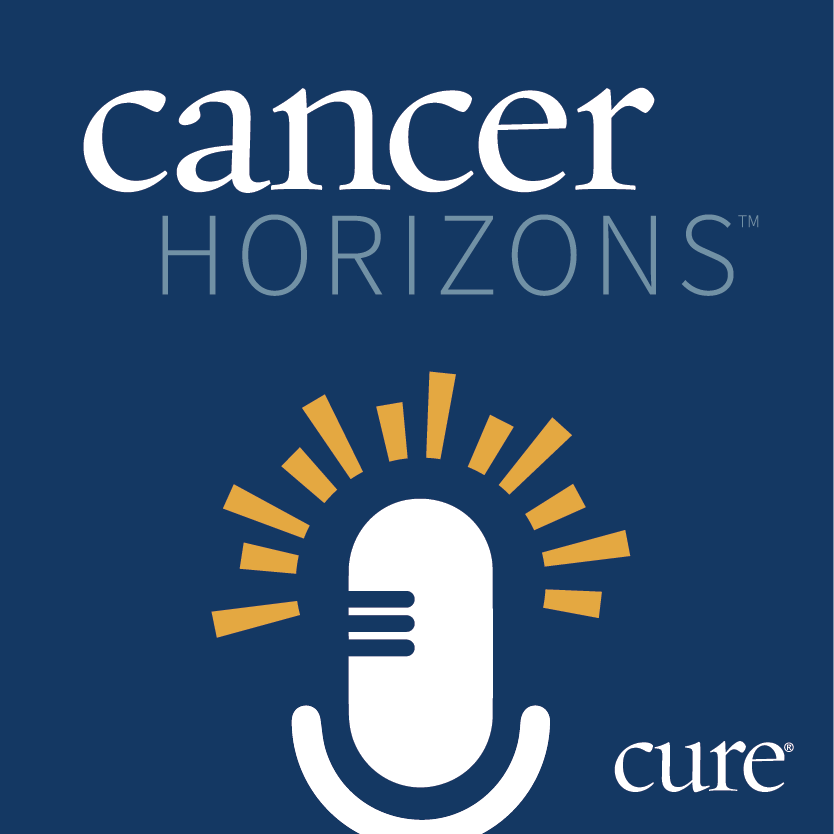News
Article
Early Intervention and Screening Prevents Lymphedema After Cancer
Key Takeaways
- Early screening and intervention are vital in preventing chronic lymphedema, especially in breast cancer patients.
- Oncology practices should incorporate lymphedema discussions and monitoring into routine care to prevent its development.
Dr. Sheri Yolanda Prentiss discusses lymphedema as a result of cancer treatment and shares resources that exist for patients coping with this condition.
An expert discusses lymphedema as a result of cancer treatment and shares resources that exist for patients coping with this condition.

Early screening and intervention are essential to preventing chronic, disabling lymphedema (a side effect that can occur in patients being treated for cancer), according to Dr. Sheri Yolanda Prentiss, who added that patients should advocate for themselves to ensure proper monitoring and access to effective management strategies.
“Trust me, you do not want your life or career derailed by lymphedema. You can prevent it. Be a part of that 92% who get early intervention and never have to deal with chronic, disabling lymphedema,” Prentiss, the chief medical and equity officer at Culture+ and chief resilience officer at ENOUGH Global, emphasized.
Prentiss, who also serves as president and chief executive officer at S. Phillips Consulting LLC, and an adjunct assistant professor at the University of Illinois School of Public Health, in Chicago, sat down for an interview with CURE to discuss Lymphedema Awareness Month. During the discussion, she also touched on resources and support networks that exist for patients coping with this condition.
CURE: March is Lymphedema Awareness Month, yet many survivors still struggle to get proper care. What changes are needed to make screening and treatments more standard for patients that are affected?
Prentiss: This has really become another core mission of my nonprofit, the Live Today Foundation. As a physician and a patient, I feel I have a responsibility from both sides of the table. Two hundred fifty million people worldwide are impacted by lymphedema. Ten million of those patients live right here in the United States, with 82% of patients with breast cancer being affected. Oncology practices, cancer care centers and hospitals — if you're treating a patient with cancer, just assume that this patient will develop lymphedema if you don't do something to prevent it, if you don't acknowledge that this possibility exists; prepare your patients accordingly so they can be monitored.
Oncology practices will make sure that patient becomes cancer-free, but [they] also need to have the lymphedema discussion with [their] patient [because] a majority of patients with breast cancer are affected by lymphedema. There is no reason why our electronic medical records cannot include reminders for whoever is seeing that patient, saying “Here's the reminder: three-month follow-up for their testing. Are they getting it done?" Patients can receive text reminders. They can receive in-app reminders through MyChart. “Please don't forget to schedule your lymphedema monitoring at your next appointment.”
Patients are in healthcare facilities all the time during treatment. For me, I had ten months of treatment. I don't recall a week or ten-day period where I wasn't in contact with some form of medical practitioner. So, at least for the first three months, there could have been three opportunities for me to get measured if this technology had been available when I was diagnosed.
I was diagnosed with lymphedema a year after treatment, and I promise you, had I been made aware of this technology and been tested, I would not have had to give up my clinical practice as a physician. I would have lived a very, very different life being monitored and using bioimpedance spectroscopy technology. It takes 30 seconds; patients step on the scale. Within 30 seconds, the clinical team has a measurement of what the fluid is doing on that side of the body compared to the other, and it's so easy to simply integrate into routine clinical flow. We've got to make it routine to talk about lymphedema for our patients with cancer.
Beyond the physical challenges, lymphedema can have a profound emotional and psychological impact. What resources and support networks exist for patients coping with this condition?
Well, first, let me start with the obvious: CURE magazine. You guys are fabulous with the topics you present. Start there. There are also lymphedema Facebook groups. I know they exist because many patients are finding the Live Today Foundation through these lymphedema Facebook groups, and they support each other. They talk about symptoms and personal things in a private setting, in a group that understands what you're going through.
There are lymphedema blogs that can offer additional resources, as well as the Lymphatic Education and Research Network and the National Lymphedema Network. I recommend these organizations. There are tons [of groups]… There are blogs and Facebook groups out there. Don't overlook CURE. They're out there, and you need to get that emotional help. You need to be able to purge and understand the impact this disease is having on others, so you realize you're not alone.
What is your main takeaway from our conversation today for patients with lymphedema?
My main takeaway for patients is to advocate for yourself. If you haven't received baseline testing for lymphedema, if no one has ever measured you with a tape measure, but you've been treated or are in treatment, there's still time. Talk to someone on your cancer care team and say, “Hey, I read or heard about something called lymphedema. No one has talked to me about it. I want to know.” And then, regarding those three questions, you can go to livetoday.org. Click on the tab that says, "Lymphedema Prevention," and you'll see four tabs.
One, “Educate Your Cancer Care Team,” provides you with more education, which you can print out and give to them, because don't assume everyone taking care of you has the same level of knowledge. Number two also gives you those three questions to ask your cancer care team. Number three gives you the opportunity to find out, “Hey, I want the best technology. I want this technology for monitoring. Where can I go?” The third tab on that page allows you to enter your zip code and find out if there's a facility near you that's doing this special type of testing. And lastly, I'll say that this medical device, the one I was talking about that uses BIS technology, is truly shifting lymphatic care from being reactive to proactive, fundamentally improving cancer survivorship outcomes regarding lymphedema.
L-Dex testing is currently recommended in clinical practice guidelines globally, and in the United States. National accreditation for breast centers recognizes this technology as evidence-based for managing lymphatic issues, solidifying its role not only in early detection but also in prevention. Patients, my fellow patients, go out there and make sure you get tested on a Sozo device. They're out there. Find them. Trust me, you do not want your life or career derailed by lymphedema. You can prevent it. Be a part of that 92% who get early intervention and never have to deal with chronic, disabling lymphedema.
For more news on cancer updates, research and education, don’t forget to subscribe to CURE®’s newsletters here.




